Electronics News
Knowridge
270
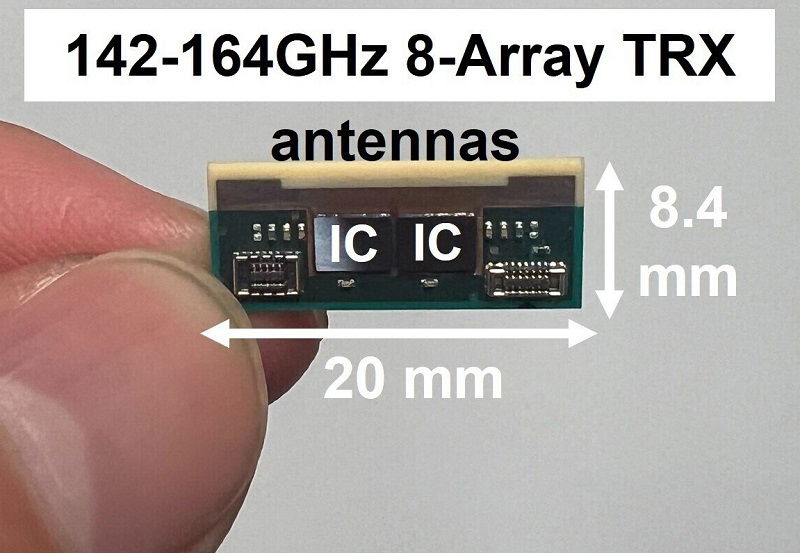
Image Credit: Knowridge
This tiny radio chip could supercharge future phones with 6G speeds
- Researchers in Japan developed a tiny radio module for faster and more efficient mobile devices.
- The module is aimed at enhancing 6G wireless technology, offering higher speeds than current 5G networks.
- Operates at 150 GHz in the D-band with significant bandwidth potential for faster data transmission.
- Traditional use of D-band technology was limited due to signal degradation and power consumption issues.
- The new module created by Professor Kenichi Okada's team is compact and energy-efficient at 8.4 mm by 20 mm in size.
- Capable of reaching 56 Gbps speeds using only 150 milliwatts of power per antenna.
- Innovative design includes efficient phase shifting and signal mixing techniques.
- Special mixer and phase shifter reduce interference and eliminate the need for extra components that consume power and space.
- Antennas and amplifiers are optimized to work together seamlessly, improving system efficiency.
- Presented at the 2025 Symposium on VLSI Technology and Circuits for its potential to enable super-fast 6G connections in compact devices.
- The technology could empower future phones and wearables to support high-speed applications with improved performance and lower power consumption.
- Potential applications include mobile virtual reality, advanced medical tools, and industrial automation.
- Overall, this tiny radio chip could pave the way for bringing advanced 6G capabilities to handheld devices.
Read Full Article
15 Likes
Knowridge
53
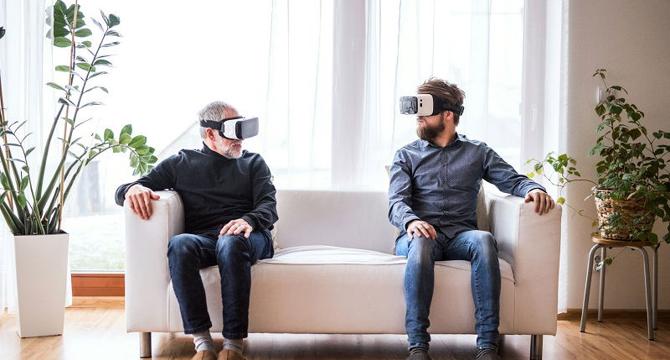
Image Credit: Knowridge
Game on: How virtual reality could transform balance rehab
- Virtual reality games could transform balance rehabilitation by making exercises more fun, effective, and accessible for people of all ages.
- Research from the University of Queensland suggests that using VR games, such as virtual table tennis, can improve standing balance by motivating individuals to stick with their exercises.
- Participants in a study wore a VR headset and played table tennis on a treadmill, with their movements tracked. The game's customization and challenge level helped improve balance skills without causing motion sickness.
- Future research aims to explore how VR games could support walking-based rehabilitation, offering engaging distractions for patients while still retraining balance and coordination.
Read Full Article
3 Likes
Brighter Side of News
98
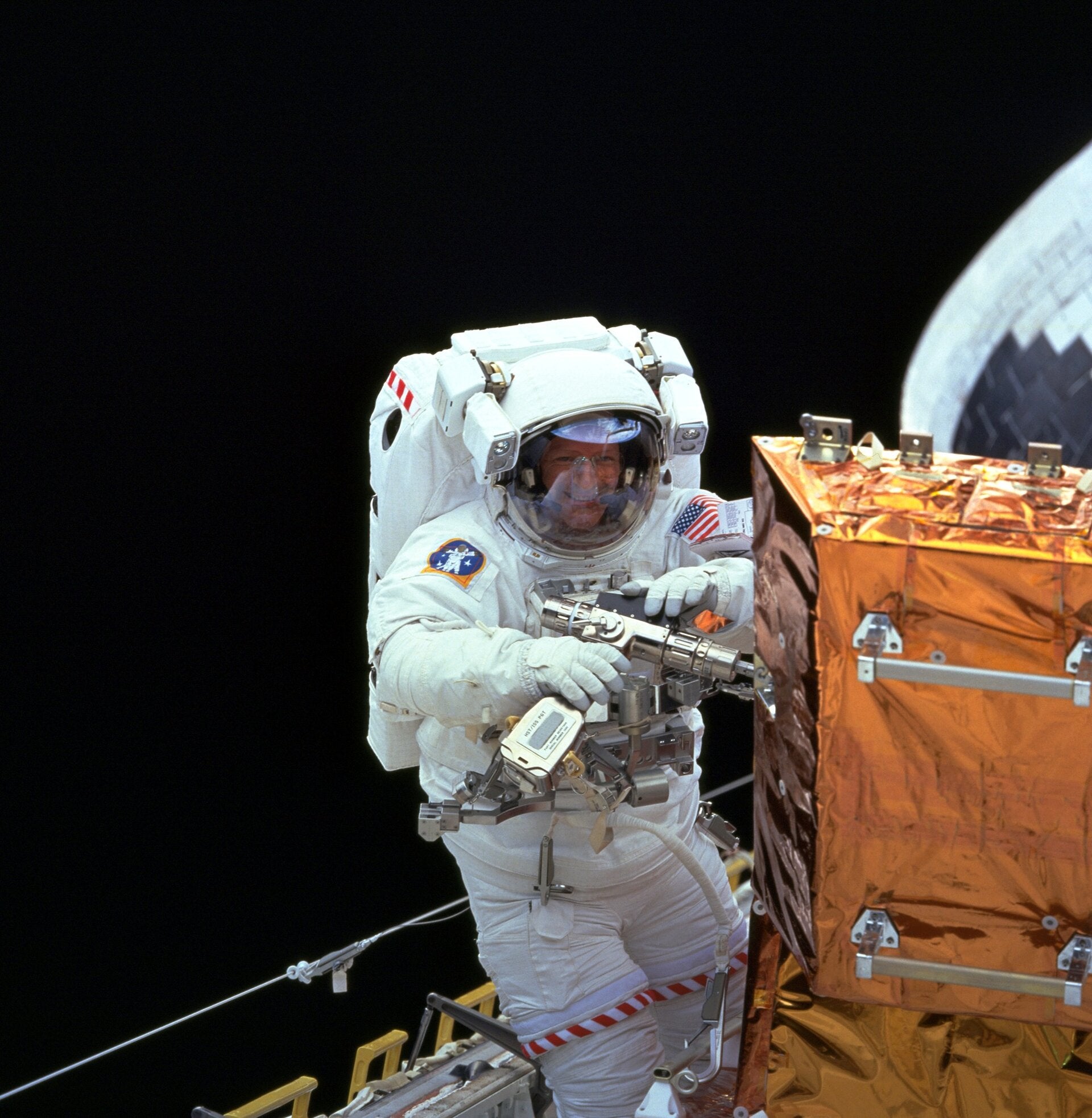
Image Credit: Brighter Side of News
Flexible wearables revolutionize astronaut health monitoring in space
- Flexible wearable devices equipped with sensors are revolutionizing space medicine by continuously monitoring astronauts' health in real-time, addressing challenges posed by microgravity, radiation, extreme temperatures, and psychological stress.
- These wearables track vital signs like heart rate, breathing, sleep cycles, movement, and radiation exposure, helping doctors on Earth stay updated on astronauts' well-being throughout missions.
- In space, gravity changes cause fluids to shift upwards, impacting blood circulation, heart function, and blood pressure regulation, stressing the importance of continuous health monitoring.
- Radiation exposure and temperature extremes in space further highlight the need for reliable wearable sensors that can function seamlessly under harsh conditions.
- Flexible wearables also address psychological stress by monitoring emotional well-being signals such as changes in sleep, movement, and skin temperature.
- These devices, made with advanced materials, can track multiple parameters simultaneously and help detect early warning signs in astronauts' health, enabling timely intervention.
- Challenges in deploying flexible wearables include ensuring reliability, data security, and efficient data fusion to make sense of diverse health indicators.
- Future research in material science, sensor development, smart algorithms, and design integration aims to overcome these challenges and enhance astronaut health monitoring capabilities.
- Interdisciplinary collaborations between scientists, engineers, doctors, and astronauts are crucial for developing more advanced health monitoring devices for space exploration.
- As space agencies plan missions to the Moon, Mars, and beyond, the use of flexible wearable technology will be pivotal in maintaining astronauts' health and safety during longer space travels.
- Flexible wearables not only monitor health but also aid in performance enhancement by analyzing muscle use, reaction time, and sleep patterns, potentially making astronauts more alert and efficient for extended missions.
Read Full Article
5 Likes
Knowridge
35
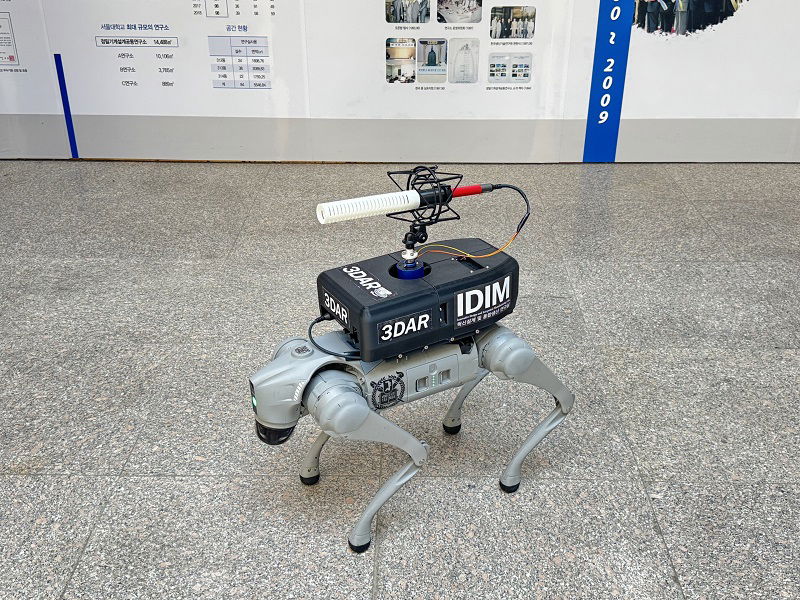
Image Credit: Knowridge
New 3D microphone helps robots hear and find people in noisy places
- Researchers in South Korea developed a new 3D microphone system to help robots hear and locate sounds in noisy environments.
- The system, named 3DAR, uses a single microphone with a rotating part and special structure to determine sound direction in three dimensions.
- The technology can be useful in industrial settings, rescue missions, and places where traditional cameras and networks are ineffective.
- Future plans include integrating the system with artificial intelligence to enable robots to understand the meaning of sounds for more natural interactions with humans.
Read Full Article
2 Likes
Medium
98

Image Credit: Medium
How to Start with IoT: A Beginner’s Guide from My Journey
- The beginner's guide to getting started with IoT covers choosing a platform, learning the basics, programming, cloud integration, and personal experiences.
- Starting with the ESP32 board is recommended due to its built-in Wi-Fi/Bluetooth features, simplifying wireless IoT for beginners.
- Using the Arduino IDE for programming ESP32 is suggested as it is beginner-friendly and well-supported.
- Progressing from basic electronics and small projects to connecting ESP32 to the cloud is key to building smart IoT devices.
Read Full Article
5 Likes
Medium
53
Image Credit: Medium
10 Must-Have Accessories That Instantly Upgrade Your Gaming Setup
- Level up your gaming setup with smart, targeted upgrades to boost comfort, performance, and enjoyment.
- Start with a comfortable chair to prevent back pain, fatigue, and poor posture during long gaming sessions.
- Upgrade to a mechanical keyboard for faster, crisper, and more responsive keypresses, enhancing precision and endurance.
- Invest in a quality gaming mouse that feels natural and enhances speed, accuracy, and confidence in gameplay.
- Opt for a high-refresh-rate monitor for smoother visuals, faster response times, and improved gaming competitiveness.
- Choose a headset with a good mic for spatial awareness, dialogue clarity, and clear communication with teammates.
- A full-sized mousepad offers consistent tracking, freedom of movement, and protection for your desk.
- Utilize RGB lighting to enhance focus, reduce eye strain, and create a more immersive gaming experience.
- Consider external cooling pads and stands to regulate temperatures and improve airflow for better gaming performance.
- Implement clean cable management solutions to declutter your gaming space and improve organization.
- Invest in a quality surge protector to safeguard your gaming gear against voltage spikes and enhance power management.
Read Full Article
3 Likes
Knowridge
76
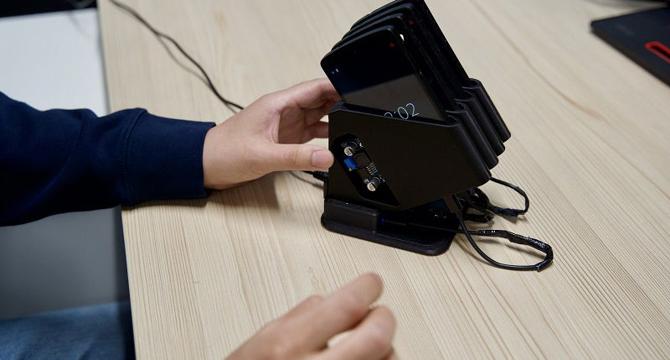
Image Credit: Knowridge
How old smartphones could help save the planet
- Researchers from the University of Tartu in Estonia have found a way to repurpose old smartphones into mini data centers to reduce electronic waste.
- Over 1.2 billion smartphones are produced annually, contributing to environmental degradation through resource consumption and carbon emissions.
- The team created a prototype using old smartphones connected together as low-cost data centers, showcasing their potential for real-time data collection and processing for various applications.
- The research demonstrates the practicality of using outdated smartphones for environmental sustainability and solving real-world problems, as detailed in their publication in IEEE Pervasive Computing.
Read Full Article
4 Likes
Knowridge
372
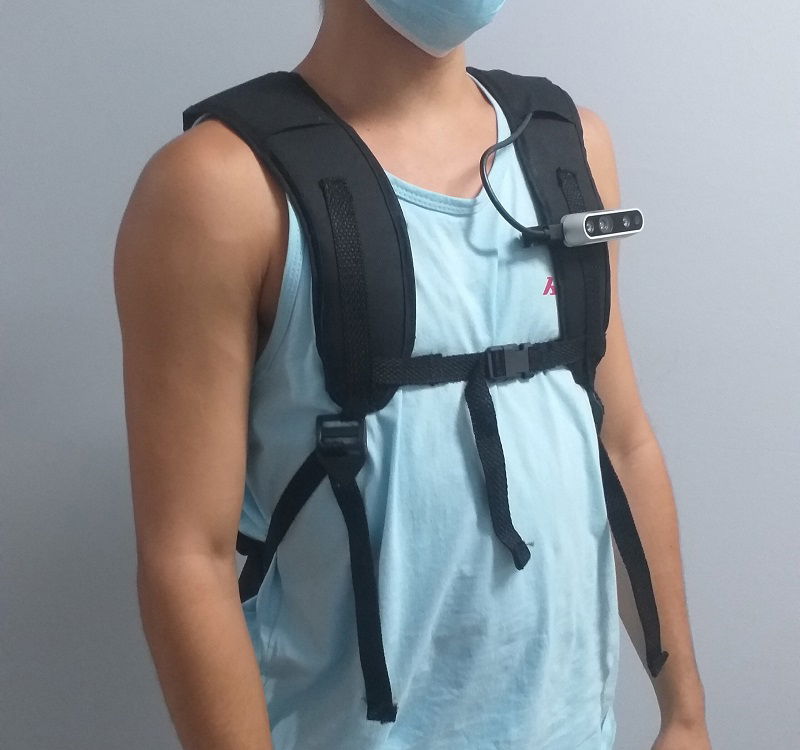
Image Credit: Knowridge
New wearable backpack helps blind people detect obstacles more safely
- Researchers in Brazil have developed a smart wearable backpack called NavWear to assist blind and visually impaired individuals in detecting obstacles.
- The device uses vibrating signals to alert users of nearby obstacles detected by a camera with depth-sensing technology.
- The vibrations on the backpack straps indicate the direction of the obstacle - left strap for left, right strap for right, and both for straight ahead.
- Initial tests with the device showed promising results in reducing collisions and improving safety during simulated walking routes, although further research is needed for practical application.
Read Full Article
22 Likes
Knowridge
125
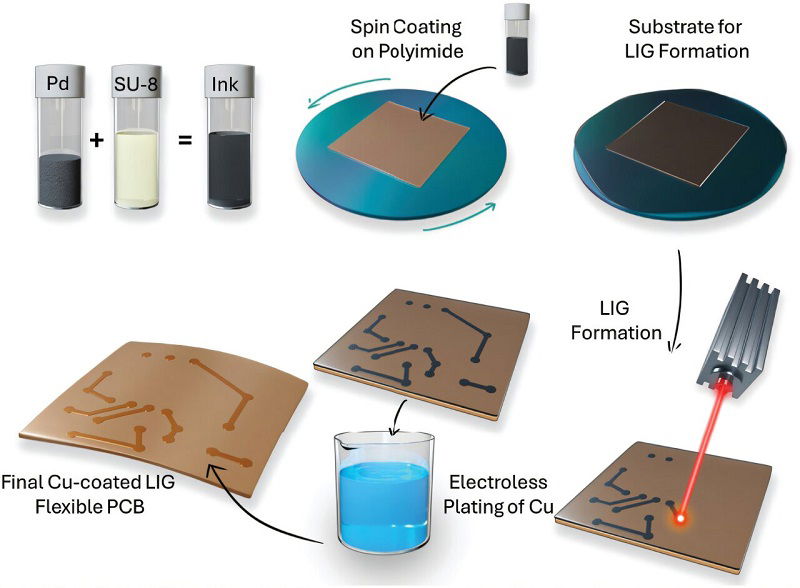
Image Credit: Knowridge
New laser-printed circuit technology makes electronics greener and more flexible
- Researchers at Boise State University have developed a new method to create flexible electronic circuits using laser-induced graphene (LIG) without the use of harmful chemicals.
- The new technology involves mixing palladium nanoparticles into a soft plastic material, which when exposed to a laser, forms a network of copper wires on a flexible circuit for building hybrid devices.
- These copper connections, known as interconnects, can be utilized in wearable devices and flexible electronics, offering benefits like space-saving, lightweight design, and durability when bent.
- The innovation in making printed circuit boards (PCBs) using this method is more environmentally friendly, cost-effective, and efficient compared to traditional PCB manufacturing processes, opening doors for a greener approach in electronics production.
Read Full Article
7 Likes
Knowridge
238

These self-healing circuit boards could help solve the world’s e-waste crisis
- Global e-waste has nearly doubled in 12 years, reaching 62 billion kilograms, with only 20% being recycled.
- Researchers from Virginia Tech have developed a self-healing and recyclable circuit board using a material called vitrimer.
- The circuit board can conduct electricity, heal itself after damage, and still maintain durability like traditional plastics.
- This innovation could lead to more sustainable electronics, enabling cleaner and smarter recycling processes for e-waste in the future.
Read Full Article
14 Likes
Knowridge
152
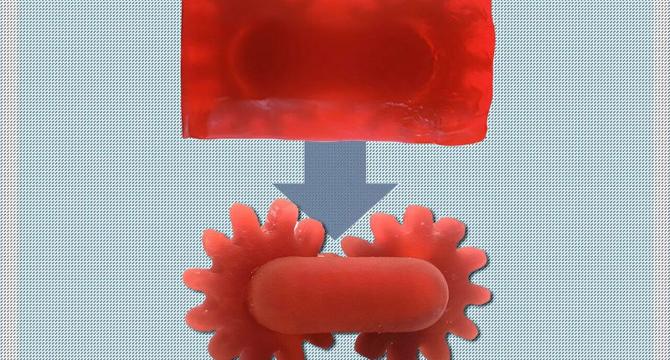
Image Credit: Knowridge
Light-controlled 3D printing could cut waste and make recycling easier
- Engineers at MIT have developed a new type of resin for 3D printing that reacts differently to different types of light.
- When exposed to UV light, the resin becomes strong and durable, while visible light turns it into a material that dissolves easily in common solutions.
- This innovation allows for printing both objects and supports simultaneously using different light sources, eliminating the need to manually remove supports.
- The dissolved support material can be recycled back into the resin mixture, reducing waste and enabling more sustainable 3D printing practices.
Read Full Article
9 Likes
Knowridge
260
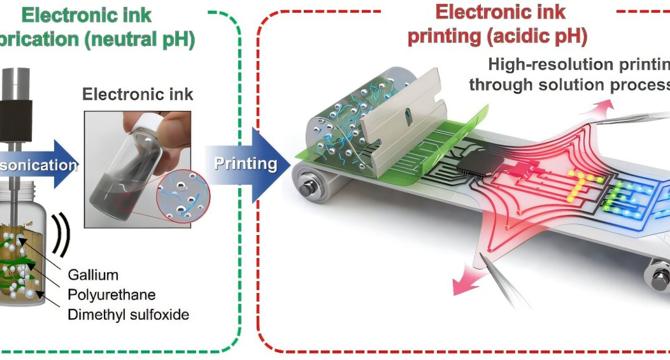
Image Credit: Knowridge
Scientists create circuits that bend, soften, and heal with you
- Scientists in South Korea have developed a breakthrough electronic ink that creates circuits switching between rigid and soft forms.
- The key to this innovation is a special gallium-based ink that can change stiffness with temperature, paving the way for flexible electronics.
- By controlling ink's chemistry using a solvent called DMSO, the research team created stable ink for printing high-resolution circuits that conduct electricity well.
- Applications of this technology include smarter wearable health monitors, safer brain implants, and more responsive robots, revolutionizing electronic design for personal use, medicine, and robotics.
Read Full Article
15 Likes
Knowridge
0

Image Credit: Knowridge
Fruit peels could help power your smartphone’s camera flash. Here’s how
- Postdoctoral researcher Vianney Ngoyi Kitenge has found a way to convert fruit waste, like mangosteen peels, into specialized carbon materials for supercapacitor energy storage cells, reducing costs significantly.
- Supercapacitors, similar to batteries but with faster energy charge and release capabilities, are used in various devices like smartphone camera flashes, jump starters, fitness trackers, and more.
- Electrodes made from activated carbon, derived from biomass waste like mangosteen peels, play a crucial role in supercapacitors, especially in renewable energy applications to balance electricity flow.
- While supercapacitors have a smaller market share compared to lithium-ion batteries, they have the potential for growth, especially with innovations like using fruit peels to create activated carbon for energy storage devices.
- Mangosteen peels can be transformed into activated carbon through a simplified method developed by Kitenge, making the production process faster, cheaper, and more sustainable by utilizing agricultural waste.
- The global demand for supercapacitors is expected to rise significantly, driven by industries like electric vehicles and renewable energy systems, making the use of fruit peels for energy storage a promising eco-friendly solution.
- Companies like Haycarb and Takachar are already working on converting food and agricultural waste into activated carbon, highlighting the potential for widespread adoption and commercialization of this innovative approach.
- To fully implement the utilization of fruit waste for energy storage, further scientific development, funding, establishment of production facilities, and collaboration between industries are essential steps towards realizing this sustainable technology.
- Transforming fruit waste into valuable energy storage components not only helps reduce food waste but also supports renewable energy goals, potentially creating job opportunities and driving clean energy initiatives in various industries.
- In conclusion, the innovative use of fruit peels to create activated carbon for supercapacitors presents a promising avenue for eco-friendly energy storage solutions, showcasing the importance of sustainability and innovation in advancing clean energy technologies.
Read Full Article
Like
Knowridge
315

Image Credit: Knowridge
Debunking five myths about when your devices get wet
- Myth 1: Despite a wet device turning on again, internal corrosion can still occur over time, causing potential damage.
- Myth 2: The term 'waterproof' can be misleading, and it's essential to understand specific water resistance standards like IP ratings to gauge protection accurately.
- Myth 3: IP ratings may not cover all real-world wet scenarios, such as exposure to substances like Jacuzzi suds or spilled drinks.
- Myth 4: Using rice to dry out a wet device is ineffective and can lead to further harm; it's better to power down the device and seek professional assistance.
- Myth 5: Standard warranties often don't cover liquid damage, requiring additional accidental damage coverage for protection against incidents like water exposure.
- Improvements in water-resistance technology have benefited devices, but consumers still face challenges navigating advertising claims and warranty limitations.
- Manufacturers should focus on ethical design, marketing, and service practices to provide realistic expectations and fair repair policies for consumers.
- Caution against exaggerated protection claims, such as Samsung Australia's penalty for overstating phone waterproofing, emphasizes the need for transparent marketing practices.
- Balancing the practicality of device usage in various environments with responsible repair policies and warranties is crucial for ensuring consumer trust and satisfaction.
- Encouraging fair treatment of consumers in terms of repair services and warranty coverage can help users navigate the complexities of maintaining and protecting their devices.
Read Full Article
18 Likes
Knowridge
112

Image Credit: Knowridge
Which stress-relief apps work best?
- Technology companies and mental health experts have developed smartphone apps to help people manage stress and build better habits.
- Researchers at Peking University conducted a study on stress-reduction apps, analyzing 63 high-quality studies involving over 20,000 adults.
- The study found that stress management programs, problem-solving therapy, and mindfulness meditation were the most effective approaches in reducing stress.
- The research suggests that stress-relief apps based on proven mental health techniques can be helpful for individuals seeking to improve their mental well-being.
Read Full Article
6 Likes
For uninterrupted reading, download the app